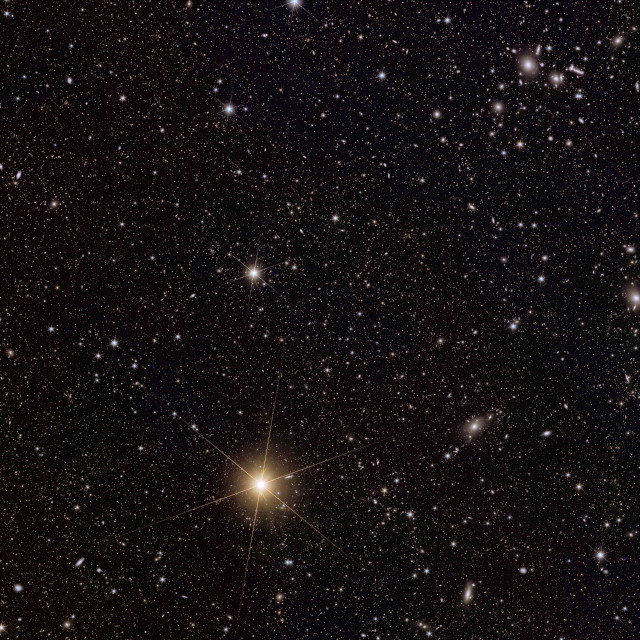ESA and the Euclid Consortium have presented the first scientific results obtained thanks to the Euclid Space Telescope within the ERO (Early Release Observations) program. That’s a series of scientific articles – the links are available on this page – partly written directly by the Consortium’s researchers and partly by different teams of researchers who worked within the ERO program. Some images illustrate the possibilities of this instrument but research into some of the major cosmological mysteries goes far beyond the aesthetics of photos.
Launched on July 1, 2023, the Euclid Space Telescope took a longer-than-expected setup phase due to a pointing problem. Finally, after everything was settled, the first official images were published to show the first examples of the observations obtained. At the beginning of 2024, it was possible to begin the scientific mission.
To see the treasure of detail present in the Euclid Space Telescope images, you need the highest resolution versions. However, even ordinary images from web pages can show what Euclid can achieve in just one day’s work. Around 11 million objects detected in visible light and 5 million objects detected in infrared already bring significant scientific results.
Messier 78 is a star nursery enveloped in interstellar dust. Gas and dust block many electromagnetic frequencies, so the ability to see in infrared is essential. Euclid can detect objects with a mass a few times greater than Jupiter’s and detected over 300,000 new objects in the Messier 78 area.

Abell 2390 is a galaxy cluster, and the image captured by Euclid reveals over 50,000 galaxies. It also shows gravitational lensing, revealed by curved arcs in the sky some of which are multiple views of the same object. Measuring these gravitational deformations with precision is crucial in cosmological research.

NGC 6744 is a galaxy of the most common type in the nearby universe. Euclid shows it in its entirety revealing its spiral structure and details on a small spatial scale. This allows to study star-forming areas where gas and dust can be compressed.

Abell 2764 is a galaxy cluster visible in the upper right that includes hundreds of galaxies within a vast halo of dark matter. Euclid shows much more around and all this is useful in studies about dark matter to test the various models that describe it and also alternative ones that do not predict its existence.

The Dorado group shows galaxies in various stages of evolution and even mergers. The various processes underway allow to better understand the history of galaxies with the possible changes that can occur over time. Again, there’s a lot of useful information in dark matter studies.

The ability to observe objects ranging from substellar ones within the Milky Way to primordial galaxies 13 billion light-years away shows the Euclid Space Telescope’s versatility. The hope is that over the next few years it will provide crucial clues to solving mysteries related to dark matter and dark energy. Meanwhile, its observations could also contribute to astronomical research of other types.

